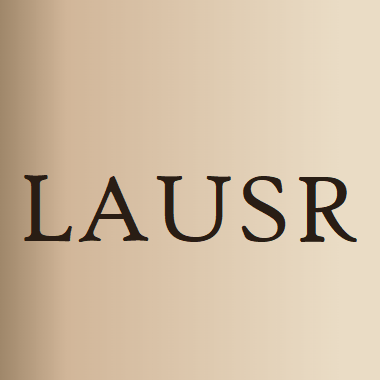
Gemcitabine is first‐line chemotherapy for pancreatic cancer, however, the development of resistance limits its effectiveness. The tripartite motif‐containing 11 (TRIM11) protein plays crucial roles in tumor development and undergoes auto‐polyubiquitination… Click to show full abstract
Gemcitabine is first‐line chemotherapy for pancreatic cancer, however, the development of resistance limits its effectiveness. The tripartite motif‐containing 11 (TRIM11) protein plays crucial roles in tumor development and undergoes auto‐polyubiquitination to promote interactions in selective autophagy. Therefore, Understanding whether TRIM11 is involved in ferritinophagy and gemcitabine resistance in pancreatic cancer is critical in developing pancreatic cancer therapeutics. TRIM11 expression was validated by Western blot analysis, real‐time polymease chain reaction, and immunohistochemical staining. 3‐(4,5‐Dimethylthiazol‐2‐yl)‐2,5‐diphenyltetrazolium bromide and Colony formation assays were performed to investigate pancreatic ductal adenocarcinomas (PDAC) cell viability. Mouse xenograft model of PDAC cells was established to verify the role of TRIM11 in vivo. Coimmunoprecipitation was used to identify the reciprocal regulation between TRIM11 and UBE2N. In this study, we found that TRIM11 expression were higher in PDAC cells and tissues. TRIM11 overexpression promotes PDAC cell proliferation in vitro and tumor growth in vivo. Decreased expression of TRIM11 in PDAC patients is associated with decreased UBE2N and increased TAX1BP1 expression. Coimmunoprecipitation established that TRIM11 interacts and colocalizes with UBE2N. Mechanistically, TRIM11 promoted gemcitabine resistance and suppressed ferritinophagy through UBE2N‐TAX1BP1 signaling. Our findings identify TRIM11 as a key regulator of TAX1BP1 signaling with a crucial role in ferritinophagy and gemcitabine resistance in PDAC.
Journal Title: Journal of Cellular Physiology
Year Published: 2021
Link to full text (if available)
Share on Social Media: Sign Up to like & get
recommendations!